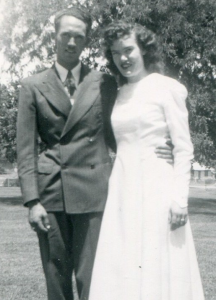One of our most prized senses is our ability to see. Imagine not being able to see anything, ever. Second to that is the ability to see color. My dad and two of my sons struggle to discern red and green, a common color blind problem. They cannot enjoy poinsettias and other red flowers, and greens are just variations of brown. If you can see these colors, you are blessed. If not, I feel your pain.
Color is a big part of our world; it’s everywhere. When I was teaching, the kids didn’t want to see an older movie in black and white. When was the last time you watched a movie in black and white? Yet, we watched Shindler’s List last week, shot in black in white, except for two splotches of red. The lack of color is purposeful, setting a dismal tone.
The world would be a sad place without all the variations of color. My sons are excited to hear of the new glasses, accidentally created for another purpose, like so many important inventions, which correct for their red/green color blindness. They would like to see the world the way their color sighted friends and family see it. I’d buy them a pair right now, except these glasses are special and cost as much as my sight-correction lenses. Perhaps together we can save enough for them.
In my fiction story, Eve, First Matriarch, Eve wakes to a new world. Her memories of that moment oar memories of sight, she is overwhelmed by the shades of greens in trees and bushes, the variety of reds, blues, and greens of the birds, and the purples, greens, oranges, and pinks of the flowers in this new world. Added to this, were the multiple shades of animals. Her visual senses were overloaded. Imagine how this would have been much less overwhelming if she had the disability of color blindness?
Color blindness is a small disability. Others have disabilities that are much worse. Share with me your challenges and how you manage them!


